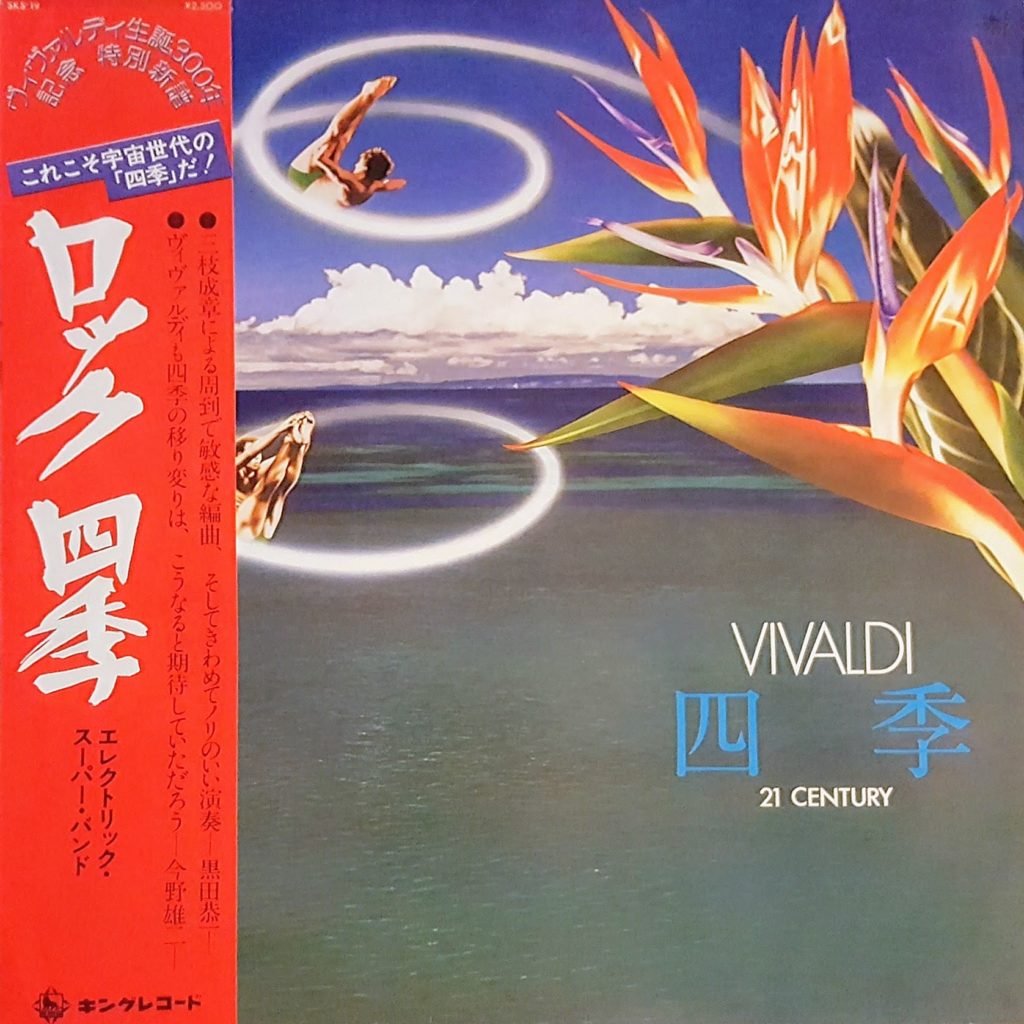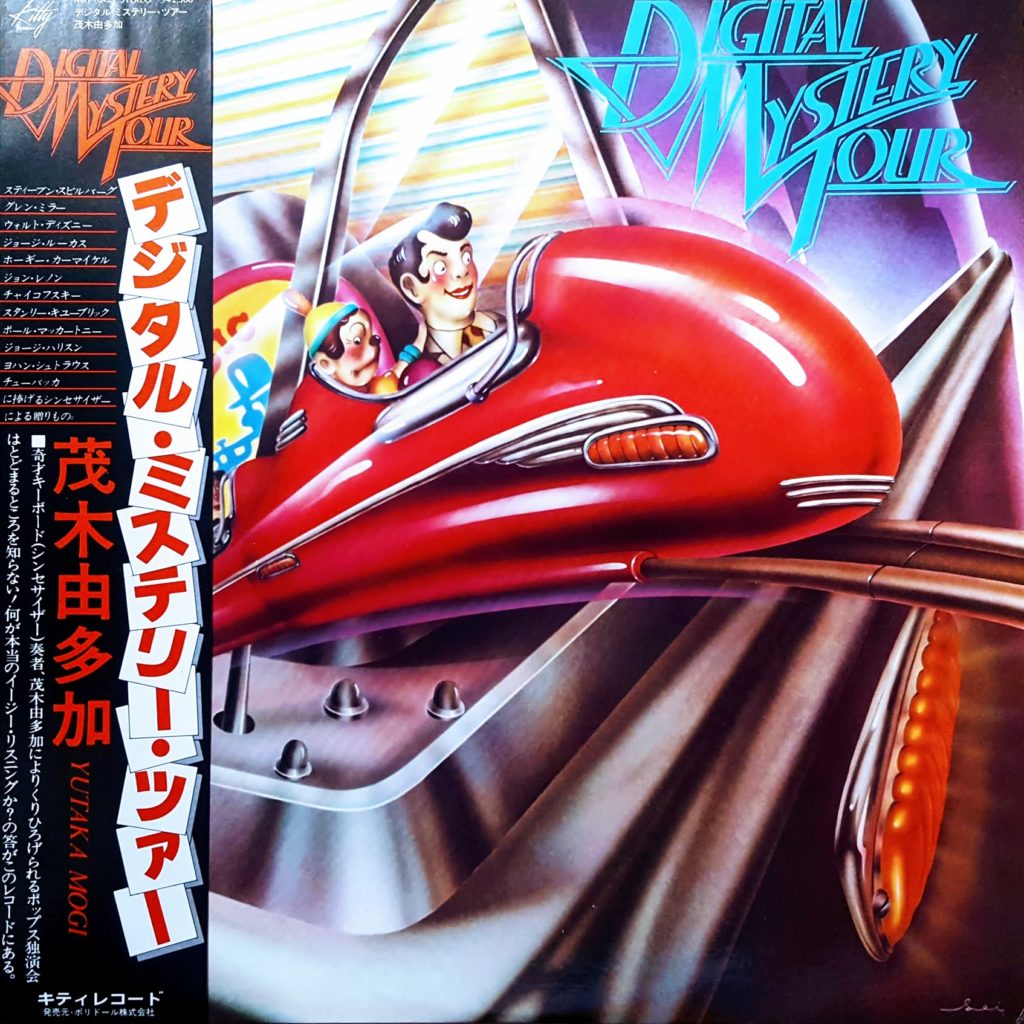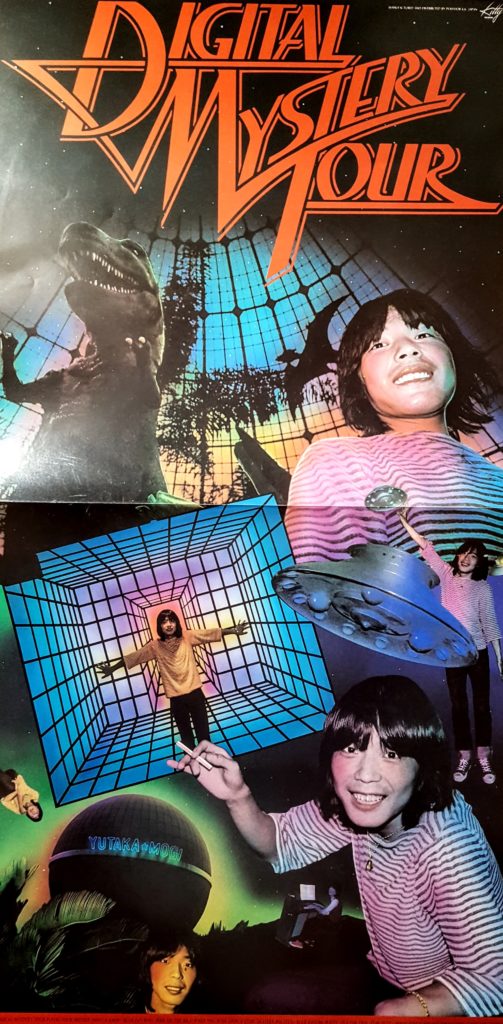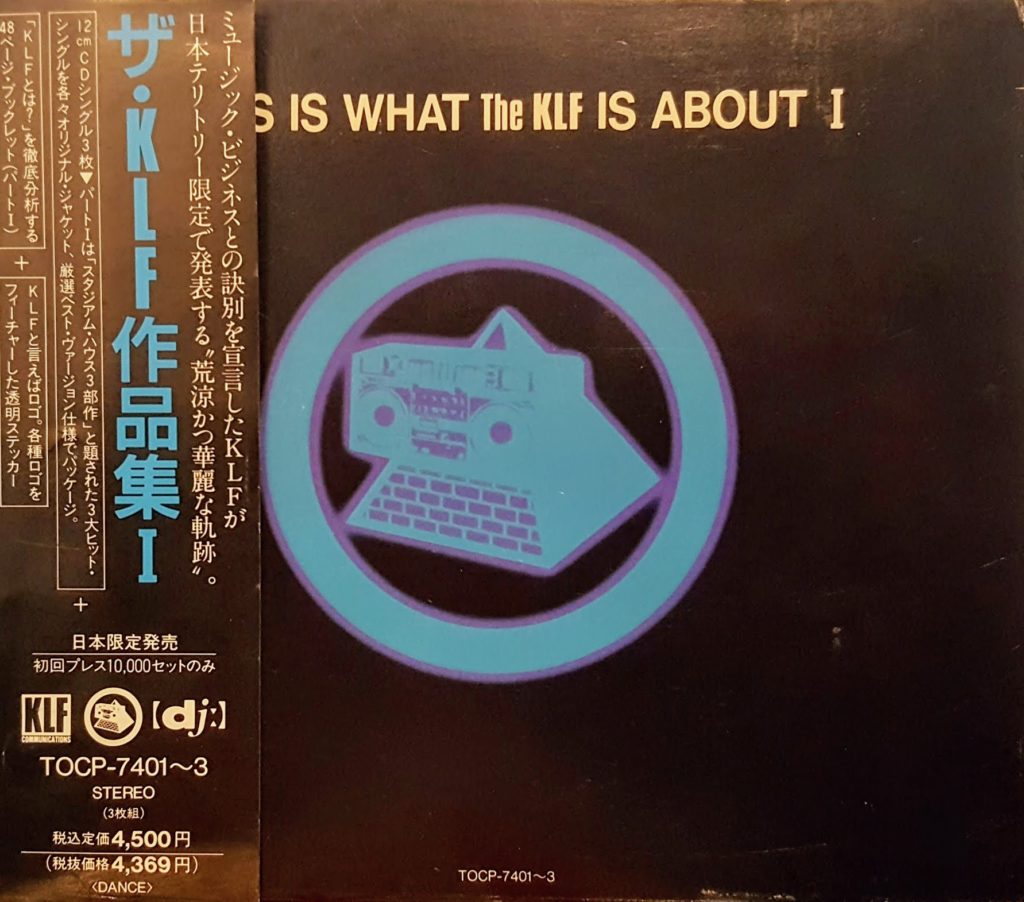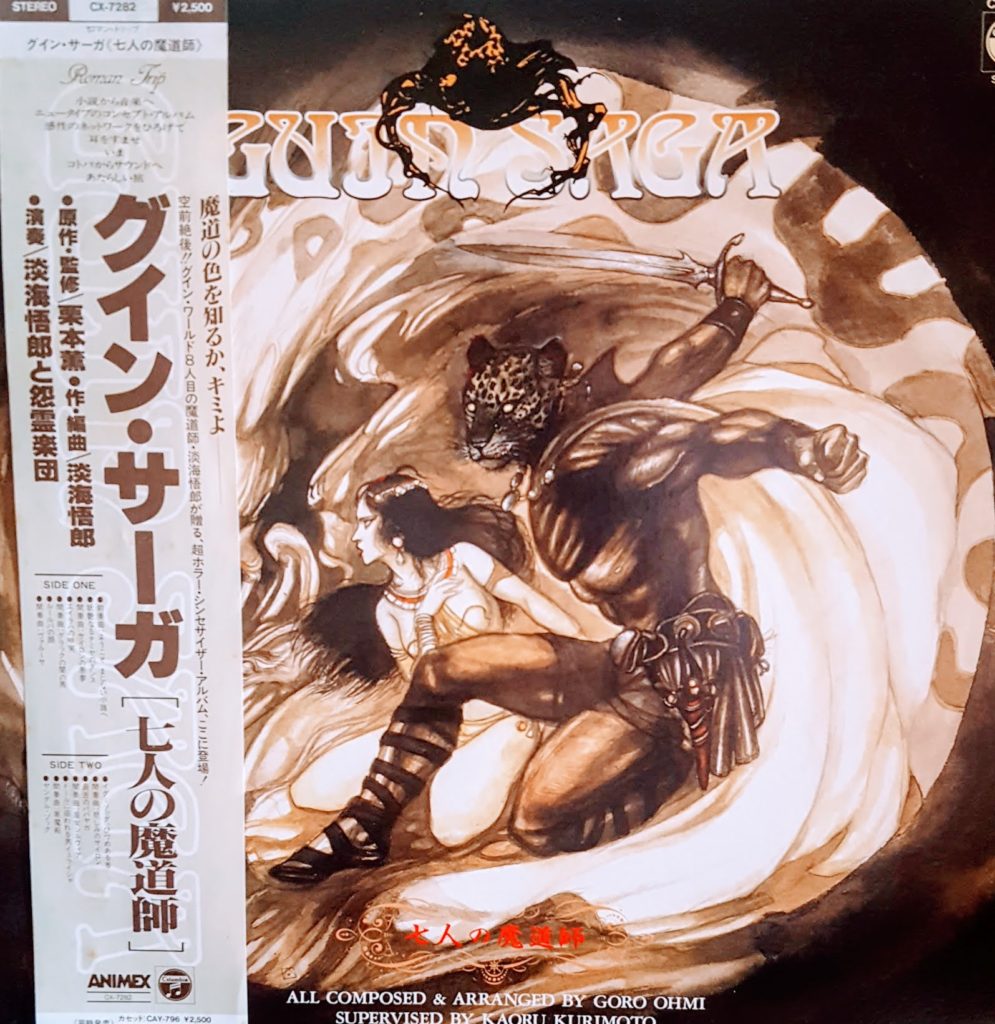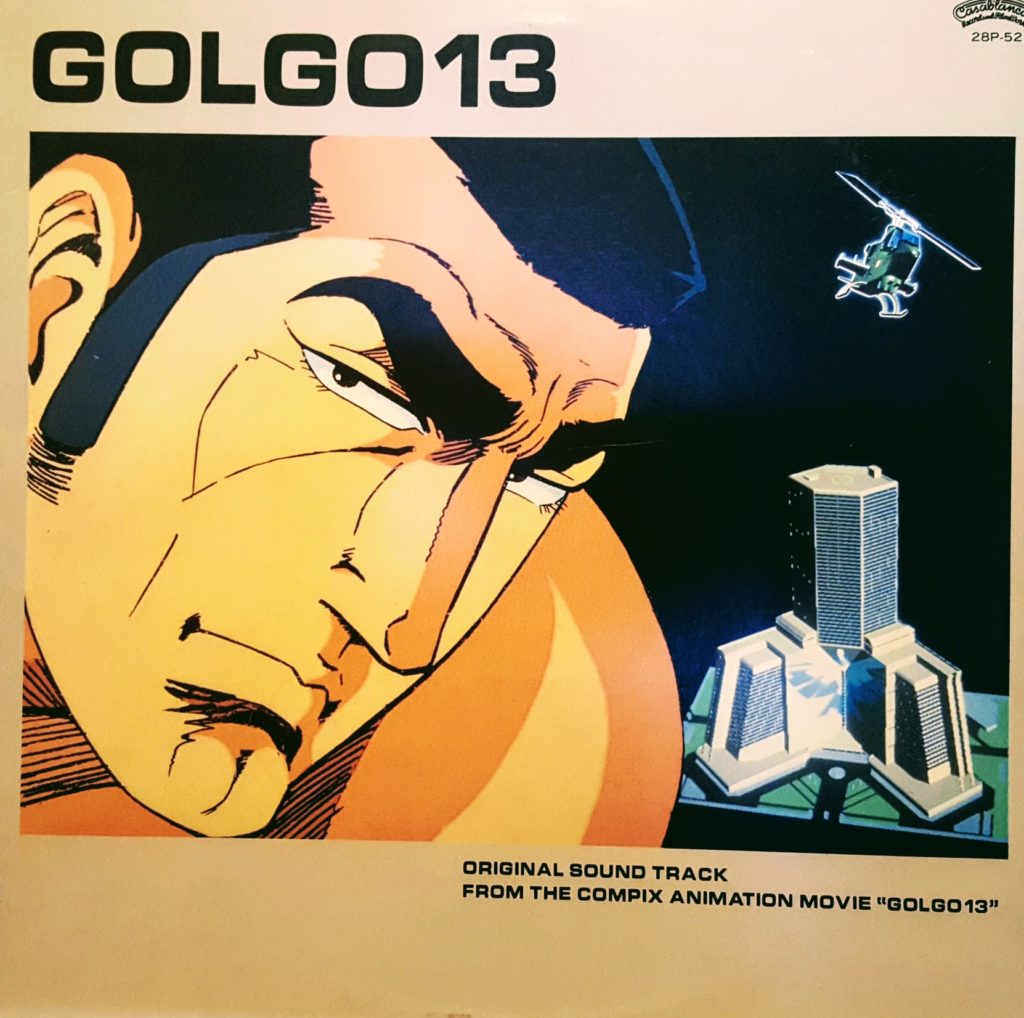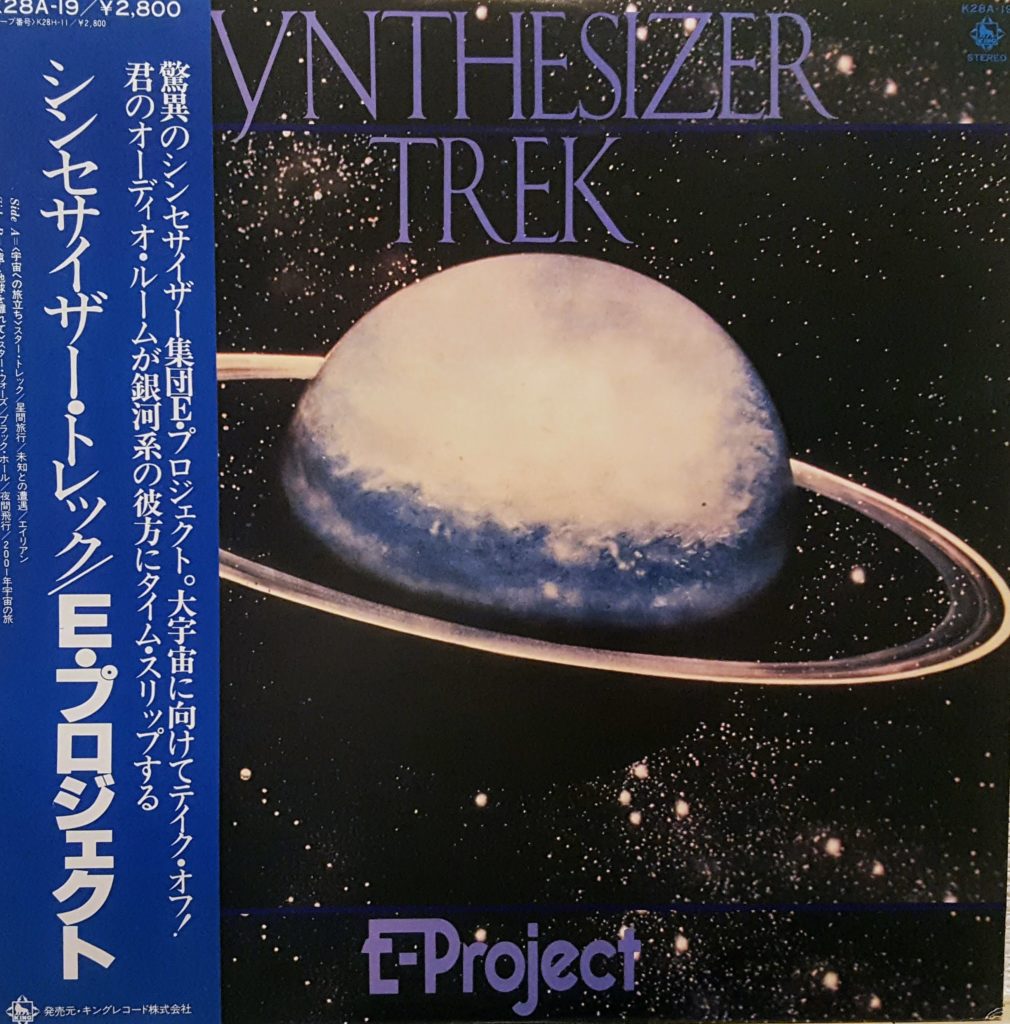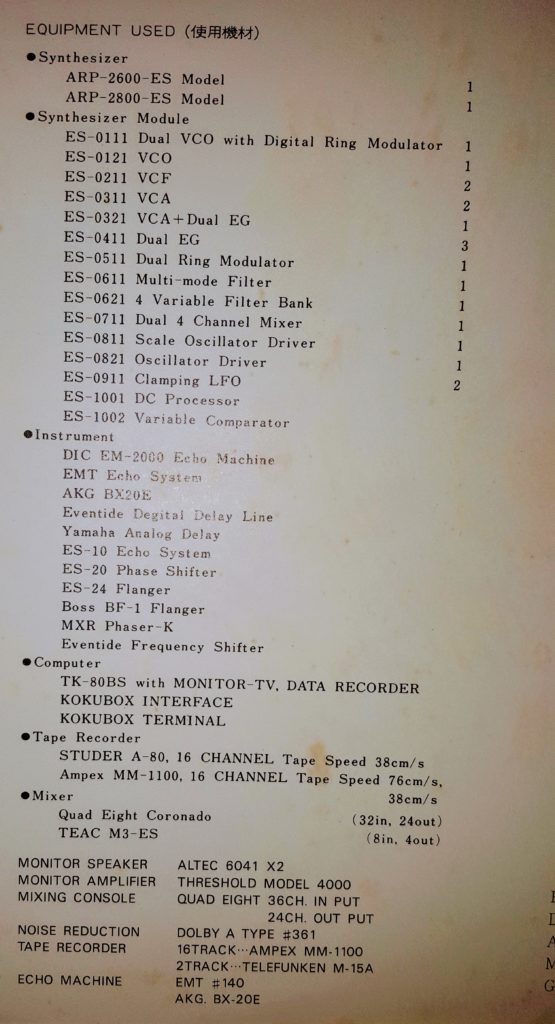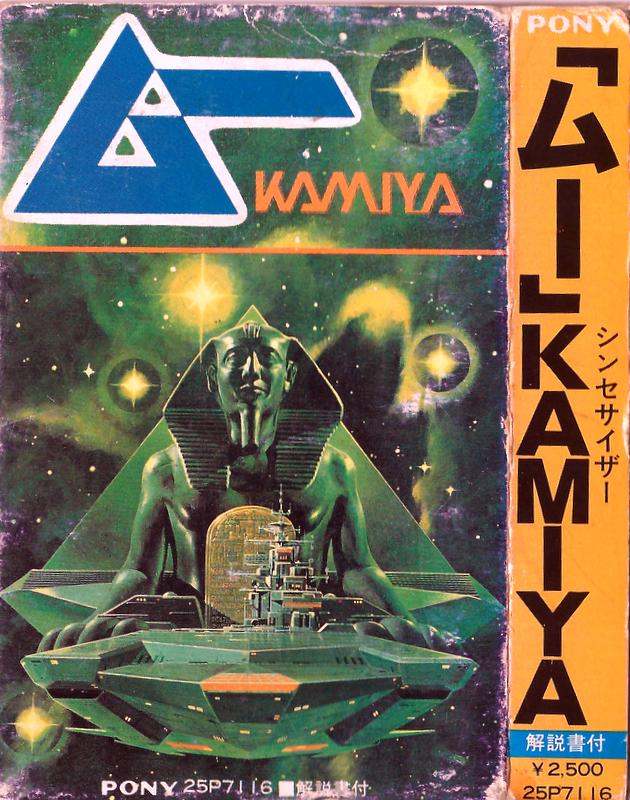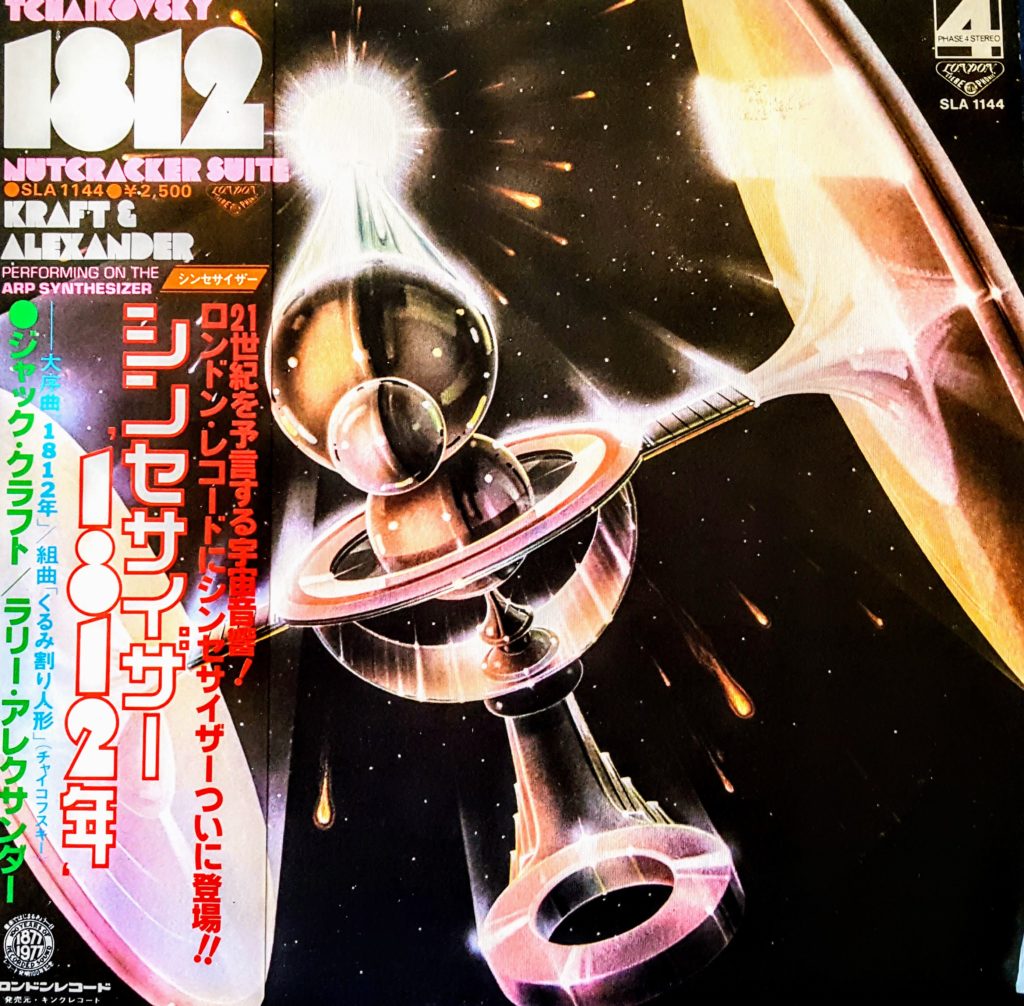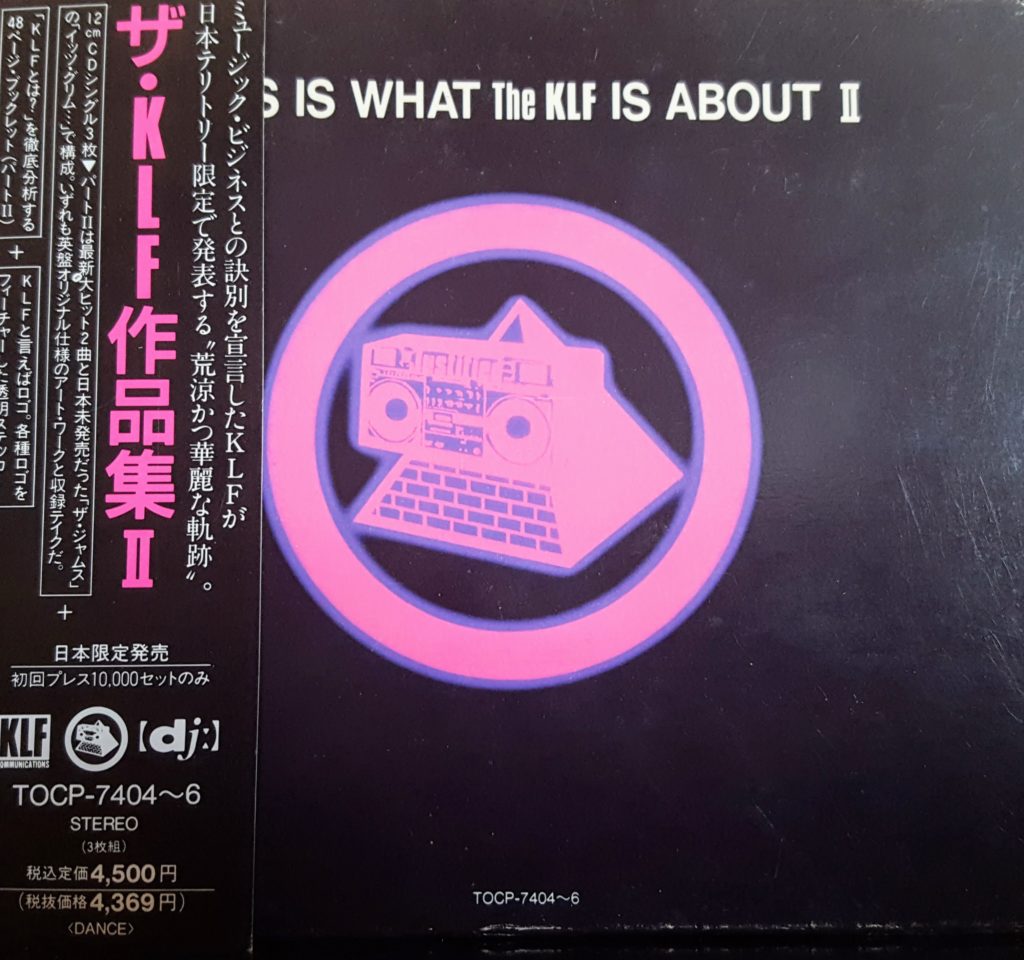I have a tumblr because why the fuck not. I don’t know if I “get” tumblr. My friend who is hella into tumblr said that, based on the tumblrs I’m following, I like “synthwave” and “aesthetic” but not “vaporwave.”
I barely know what that means. I like synthesizers and 80s shit I guess. Gee who knew?
Speaking of synthesizers and 80s shit….
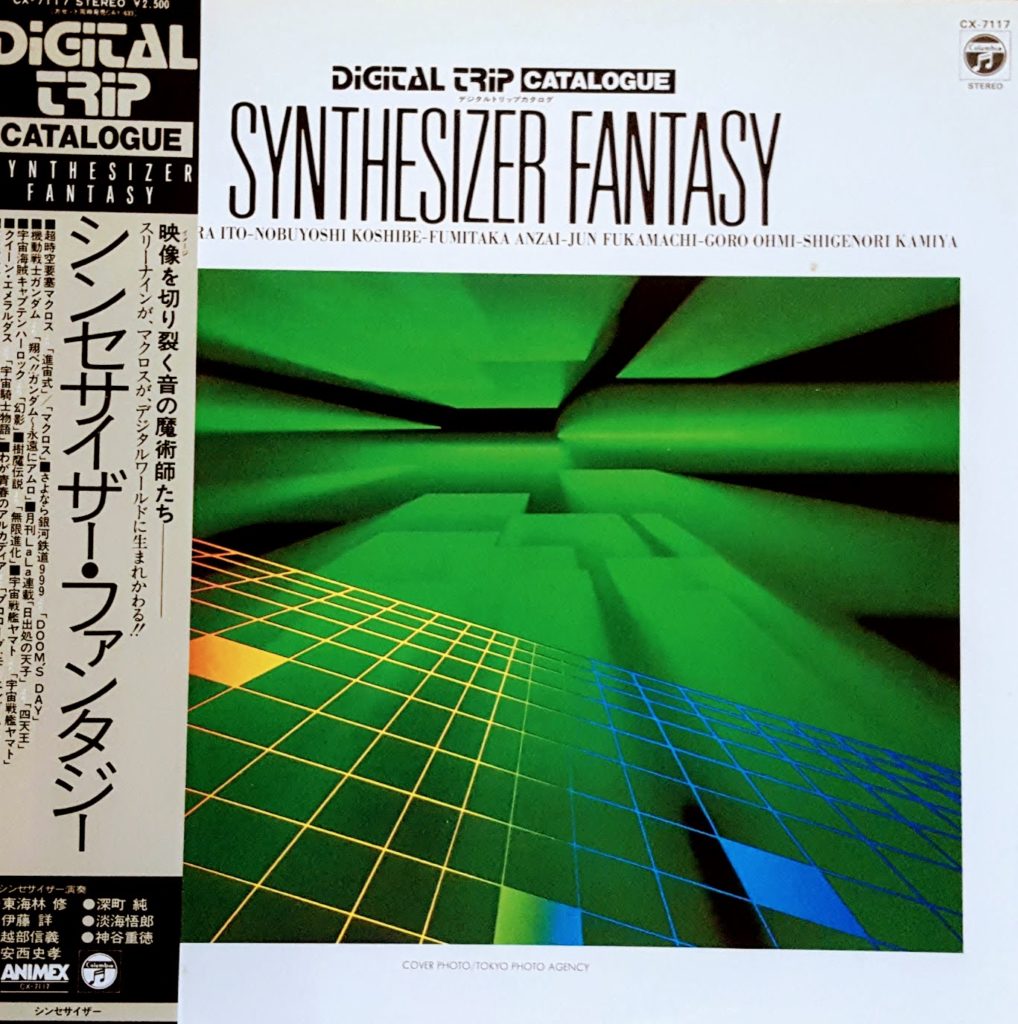
Various Artists – Digital Trip Catalogue Synthesizer Fantasy
For the past couple of year I’ve occasionally touched upon the Digital Trip Synthesizer Fantasy records. These albums are a collection of anime/manga themes re-imagined (almost) entirely on synthesizers.I’m not a big anime guy. I know, I’m a nerd living in Tokyo so that’s weird, but it’s just not my thing. But what is my thing is dope 80s synthesizer music, and these albums have that in spades.
I’ve only posted one Digital Trip album in its entirety, the Lupin the 3rd one, which happened to be the first one I found. Since then I think I’ve posted the occasional tracks from others, but I really didn’t want to go out and post another album in full. I was trying to instead focus on the highlights of the series and then craft my own sort of greatest hits of them all. Little did I know that they went ahead and did that for me in 1983.
Digital Trip Catalogue Synthesizer Fantasy is a compilation of tracks from the various albums in the series that had been released up to that point. By that time, only half of the series had been released, but they still had a quite a few standout titles to choose from, and I have to say that I’m pretty happy with what they chose.
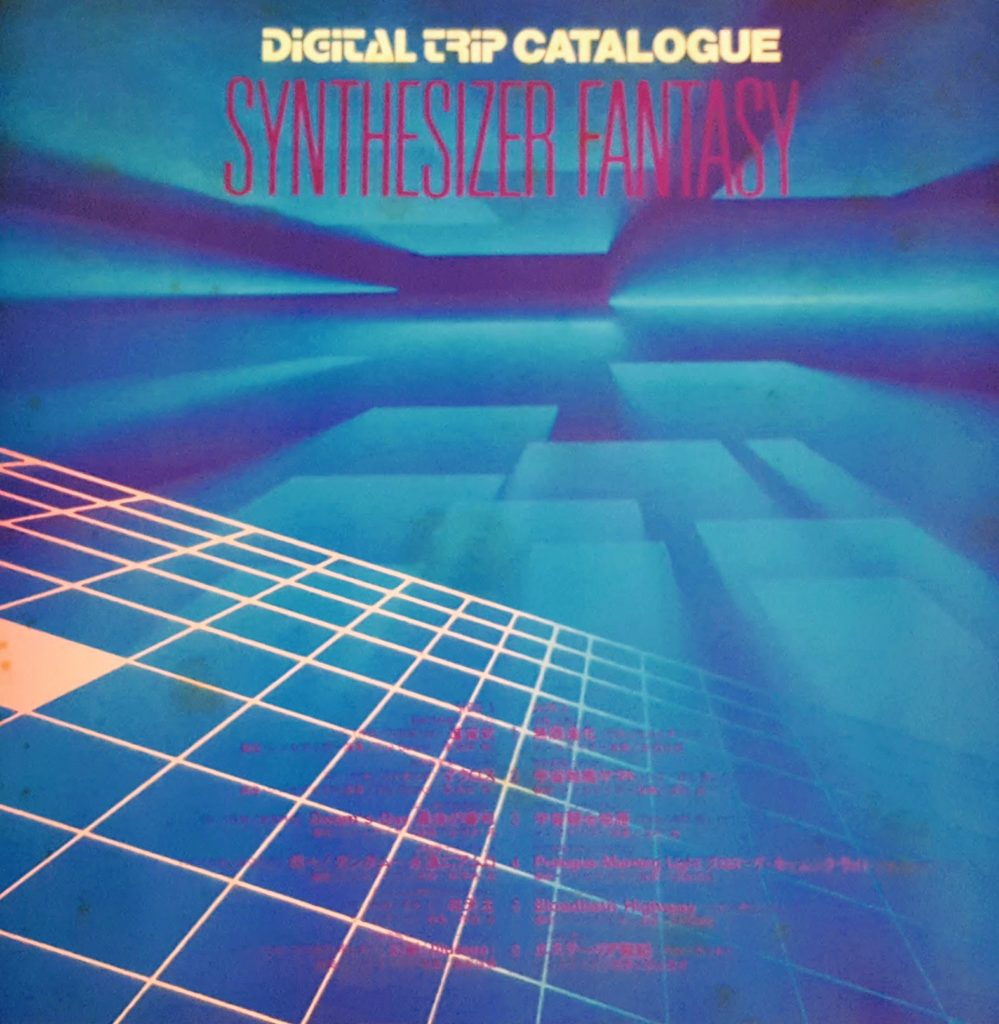
They also went out of their way to showcase and a wide selection of artists who had contributed to the Digital Trip series, which is really great because it allows you to compare and contrast their different styles. Not all synthesizer cover artists are created equal you know. Â For example, on one hand you have Osamu Shoji, who favors heavily modulated and layered sounds to create an almost explosion of synthesizers, while on the other you have an artist like Jun Fukamachi, an insanely talented jazz pianist who favors a more minimal arrangement. Â I personally favor Shoji’s kitchen sink approach, but both are great and really work to showcase just how much variety you can get out purely synthesized arrangements of already written music.
Synthwave is good, for sure, but if you really wanna embrace electronic music and fall in love with everything synthesizers from the 80s had to offer, you’ll ditch that synthwave and go head first into Japanese Jazz Funk Synthesizer Anime Music….wave.
Naming genres is really hard.

